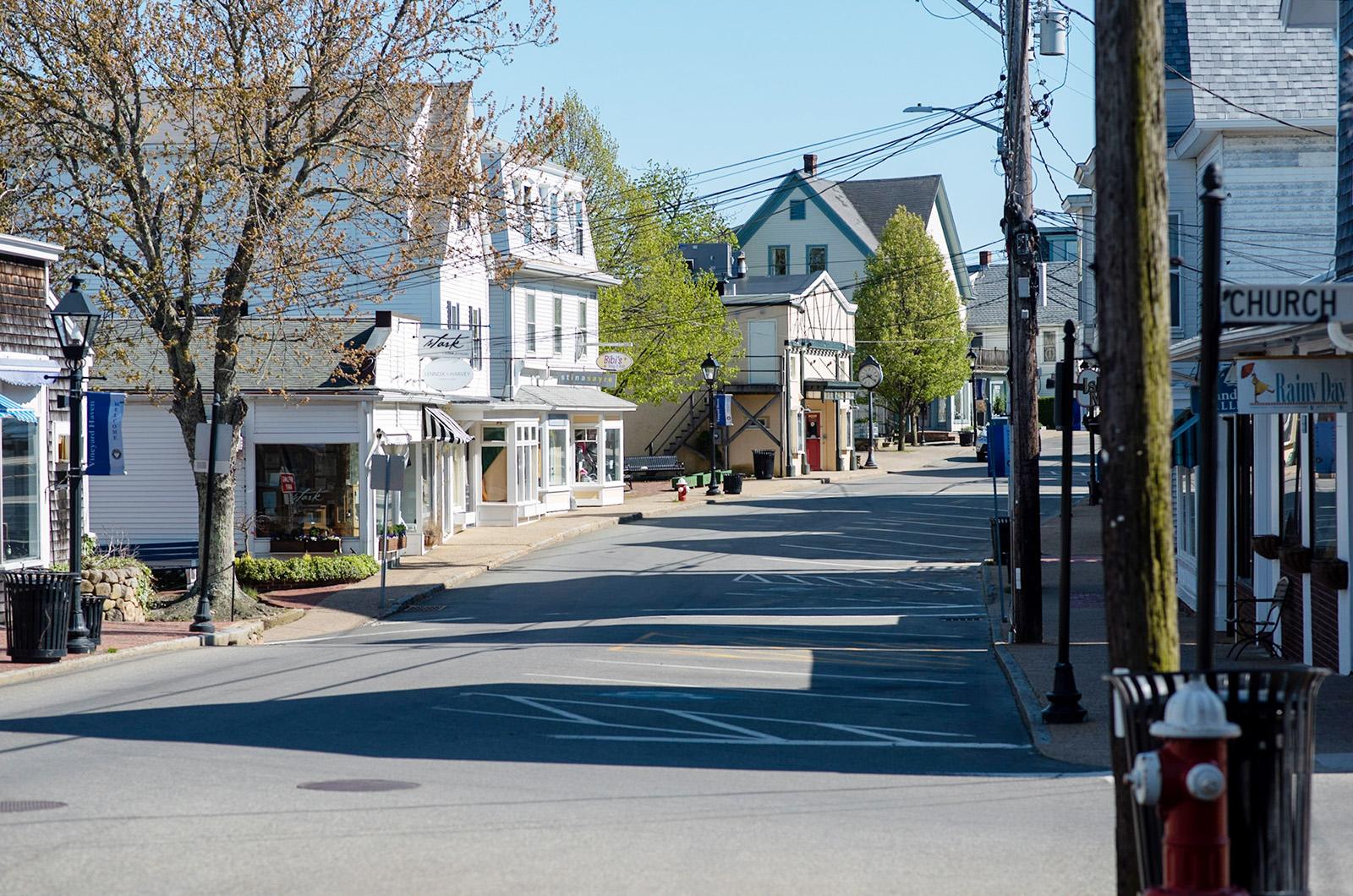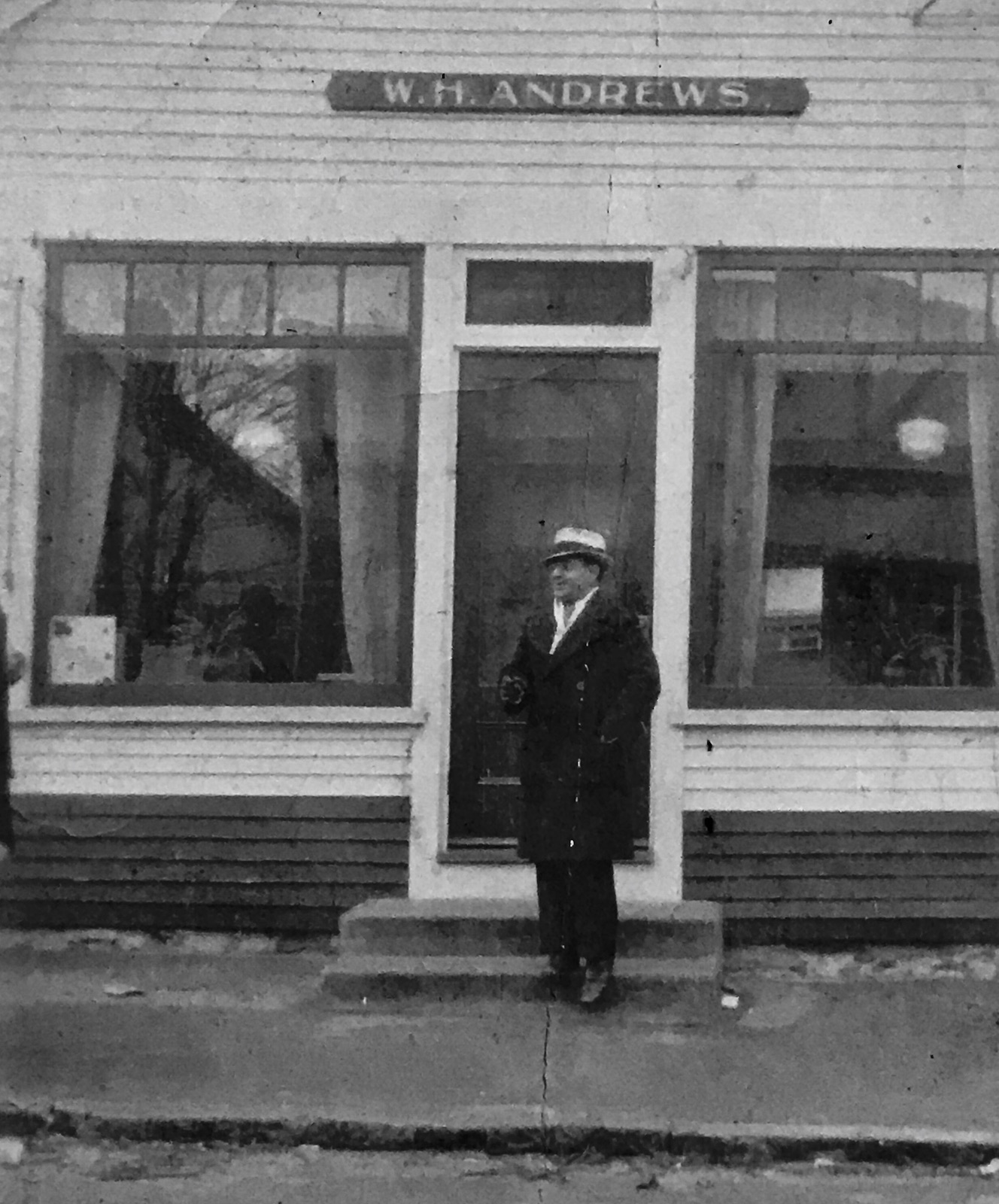The recent news that the Nobel Prize-winning writer Mario Vargas Llosa had died immediately transported me back through space and time to Vineyard Haven. It was a fine summer day in 1994 and I was looking through the kitchen pass at The Dry Town Café when I spotted the Peruvian writer eating lunch. To make it even more improbable, he was sitting with Bill and Rose Styron, Carlos Fuentes and Gabriel Garcia Márquez.
The copies of their books that I had read and reread sat on a bookshelf 10 miles away in Chilmark, so I quickly dashed next door to The Bunch of Grapes and bought whatever I could lay my hands on, before returning with books for each to sign. I summoned a sort of cocky confidence that enabled me to approach the table and say to the four titans of literature that it’s not every day you find four of your favorite authors eating lunch together in your restaurant. They were wonderfully gracious and signed the books for me that day. My only regret was that One Hundred Years of Solitude was in paperback.
That incredible day coincided with what I believe was the heyday of Vineyard Haven. The town had never seemed more lovely. Across the street from the restaurant, the Capawock was still open. People came into town in the evenings just to stroll, kids congregated in loose groups and ate ice cream, buskers played music under the Linden Tree, and it felt like a movie set from a Peter Bogdanovich film. The enormous limbs of that tree, each the width of a tree trunk, reached out in all directions and seemed to embrace and shelter the entire town. Sometimes, after the dinner rush had begun to wind down, I would go sit under the tree to enjoy the sultry night and look over at the illuminated windows of my restaurant where people were still dining and marvel at a tableau that reminded me of a less austere version of an Edward Hopper painting.
The following summer I was struck with an odd feeling as we were preparing to open for another busy lunch. Something seemed off. It was summer, but the room seemed too sunny, somehow too bright. I looked across the street at the venerable Linden Tree and saw that its branches were shedding their leaves in July, and the leafy bower and dappled shade that usually spread beneath the tree was disappearing before my eyes.
Weakened by the hurricane of 1991, the tree was slowly dying. Repeated efforts to coax it back to health had failed and it was deemed a hazard. Eventually the fateful day arrived, the street was closed and the work commenced. The finality of it was oppressive. From a safe distance a crowd gathered throughout the course of the day. People spoke in whispers, some were crying. When I returned to work, the dining room seemed garish and bare.
I sold the Dry Town Café the following year. The Capawock had already gone dark by then and the town never felt the same. Ten years later, the little building that was lost in the Great Fire of 1883, rebuilt to become Billy Andrews’ Barber Shop after World War I and eventually The Dry Town Café, caught fire a second time and burned to the ground just days before it was scheduled to reopen under new ownership.
The years I spent in Vineyard Haven, when the Linden Tree felt like the center of my world, are long gone. Over time you learn to accept and let go, but I always try to leave something behind, to sow a few seeds for the next person. When I returned to visit the Island two years ago, I stopped in Vineyard Haven to pay a visit to an elm sapling I planted in that little alleyway off Main street fifteen years before. The sapling had grown tall and full, bigger than I imagined, and the area has already become a shady oasis. It was a heartening sight to see and to imagine that one day that tree might become part of a new heyday. Maybe like that remarkable time I still miss so much.
Robert Skydell lives in Antigua, Guatemala.






Comments (3)
Comments
Comment policy »